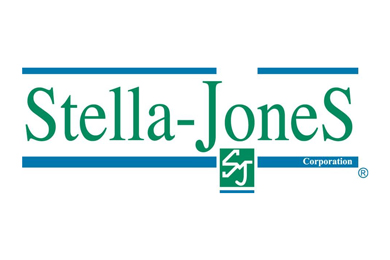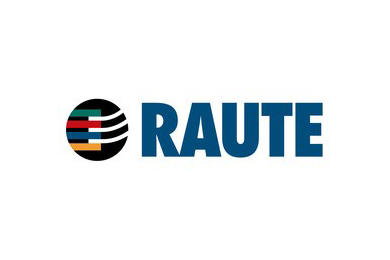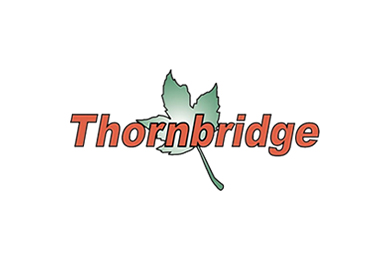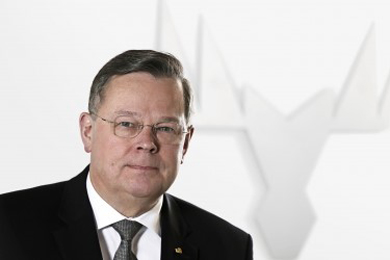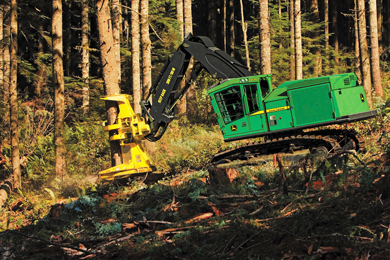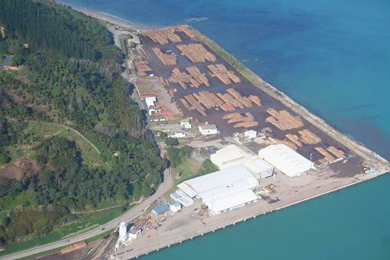Stella-Jones Inc. announced financial results for its 3Q ended September 30, 2017. Sales reached $517.6 million, up 1% from $512.6 million last year. Acquisitions contributed sales of approximately $2.1 million, while the conversion effect from fluctuations in the value of the Canadian dollar, Stella-Jones’ reporting currency, versus the U.S. dollar, had a negative impact of $9.9 million on the value of U.S. dollar denominated sales. Excluding these factors, sales increased by $12.9 million, or 2.5%.
3Q 2017 operating income stood at $63.1 million, or 12.2% of sales, compared with $67.3 million, or 13.1% of sales in the 3Q of the previous year. The decrease as a percentage of sales essentially reflects lower selling prices for railway ties and a less favourable geographical mix in the utility pole category.
Net income for the 3Q 2017 was $42 million, versus $45.7 million in the 3Q 2016.
Brian McManus, President and CEO, said: “Stella-Jones’ growing reach in the utility pole and residential lumber markets led to solid sales growth in these product categories during the 3Q, more than offsetting the effect of lower year-over-year pricing in the railway tie product category. Furthermore, a strong operating cash flow generation allowed us to significantly reduce our long-term debt and positions us for future expansion.”
For the nine-month period ended September 30, 2017, sales amounted to $1.51 billion, versus $1.50 billion for the corresponding period a year earlier.
Operating income reached $178.4 million, or 11.8% of sales, compared with $205.1 million, or 13.7% of sales, last year. Net income totalled $116.8 million, versus $135.4 million in the prior year.
Stella-Jones Inc. is a leading producer and marketer of pressure treated wood products.




